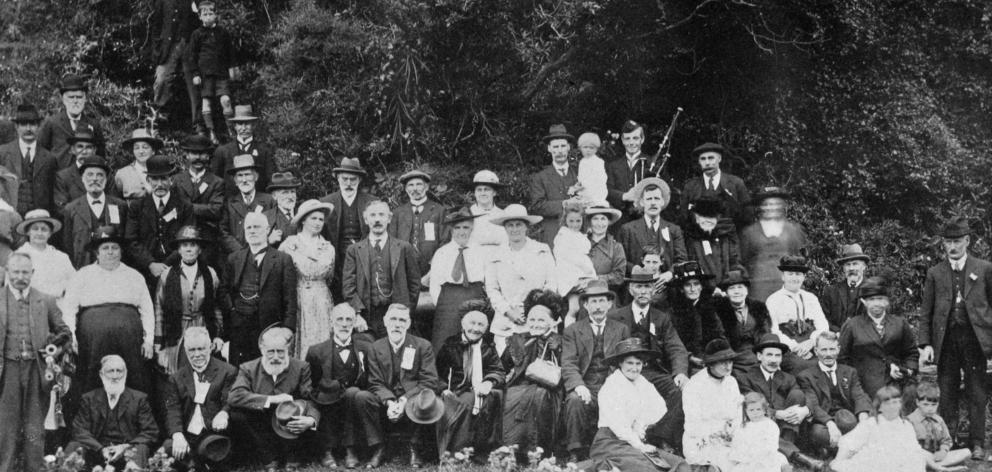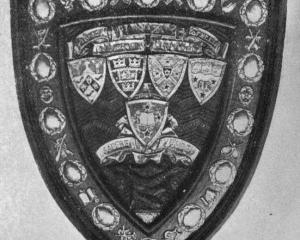
It appears that towards the end of September, after victoriously battering the German lines on a 20-mile front, the corps felt it urgently needed rest, which was promised after an all-important offensive against the Hindenburg line, but the men keenly resented an order to disband eight battalions, whose numbers were terribly thinned, and possibly could not muster 500 all told.
The doomed battalions lined up and were ordered to report to other units. The men refused to obey, left the parade ground, and returned to camp, and the officers were withdrawn. The mutinous units could not be arrested, as time was pressing and the corps was due to stem the battle.
The Divisional Staff stopped all supplies, yet the men lacked nothing, every camp being well supplied by sympathetic units. The men elected their own officers and organised drills and maintained perfect discipline, until the authorities, realising they had bungled, ordered the officers to return to the broken battalions which had fought so well against the Hindenburg and Beaurevoir lines.
Lee Stream water supply
When CR Green moved the adoption of the DCC Water Committee's report, he said that the estimated cost of the main from the Lee Stream watershed to the southern reservoir was 128,738, and the pipes would not be required till after the tunnel was driven - that was about three years after the work had commenced.
By that time the markets would be normal again. The annual cost of maintenance was estimated at 6836. The catchment area above the intake was 71,570 acres.
The law forbade the pollution of drinking water, and the Health Office had promised to take a close interest in the catchment when the people began to use the water.
The quantity of water per day the proposed scheme would supply was as follows: 21in pipe, 5.7 million gal per day; 24in pipe, 8.1 million gal per day. By the supplementary scheme the entire reticulated areas inside the city would be affected. Lee Stream water could be delivered at the top of Roslyn or into all the reservoirs but the Sullivan dam.
When the Lee Stream water came in, the Silverstream catchment would not be needed. It was not proposed to abandon the Ross Creek supply at present.
There was sufficient water running to waste in the winter months to supply the city for many years if storage could be found, but there was no place for storage reservoirs big enough at reasonable cost.
Right whales sighted
A ''school'' of right whales passed the Kaikoura Peninsula a few days since, coasting the South Bay shore closely. Had the launches been in commission there is a good reason to believe that capture of one or more of the leviathans would have resulted. It was a tantalising sight for some of the whalers.
- ODT, 6.3.1919.
COPIES OF PICTURE AVAILABLE FROM ODT FRONT OFFICE, LOWER STUART ST, OR WWW.OTAGOIMAGES.CO.NZ












